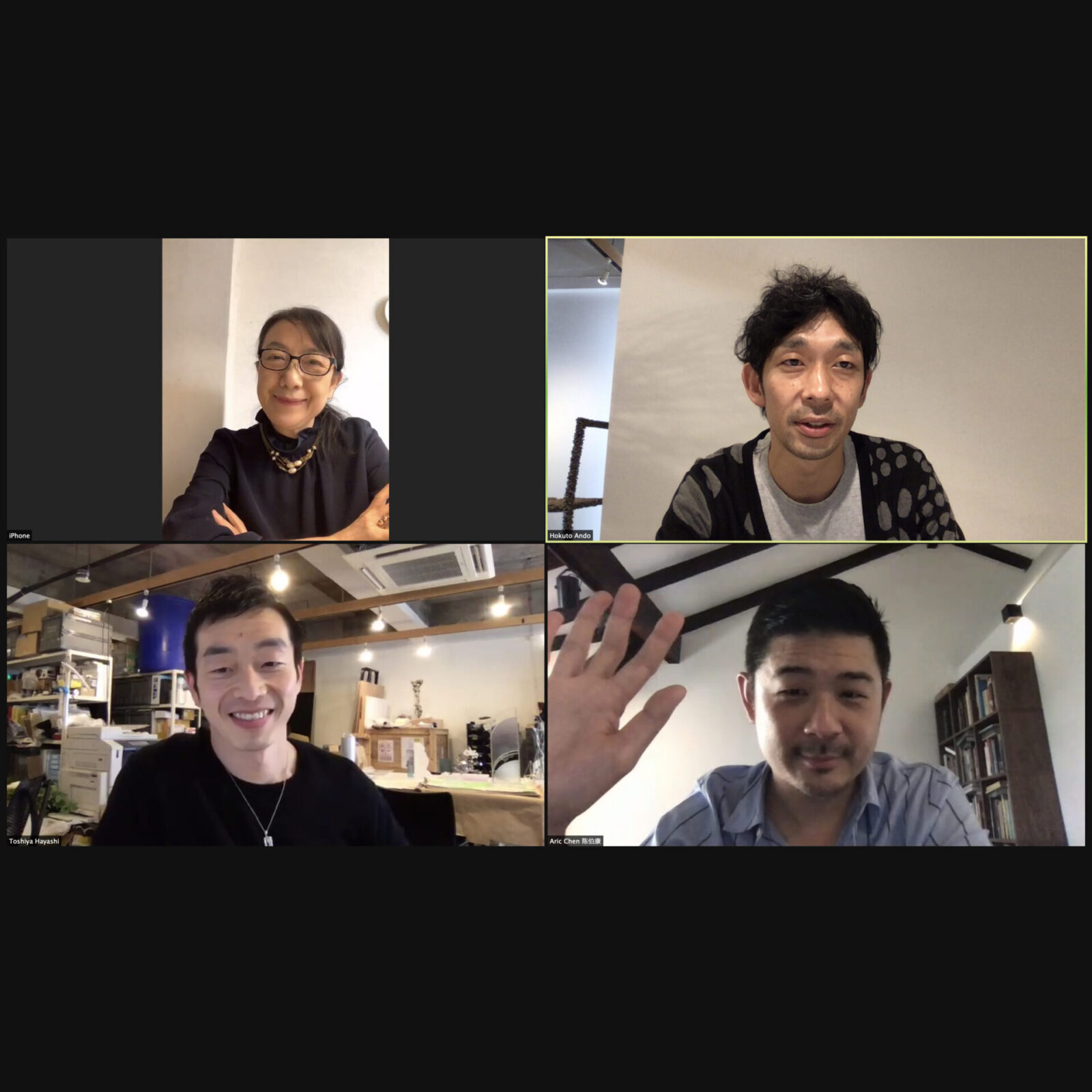Aric Chen
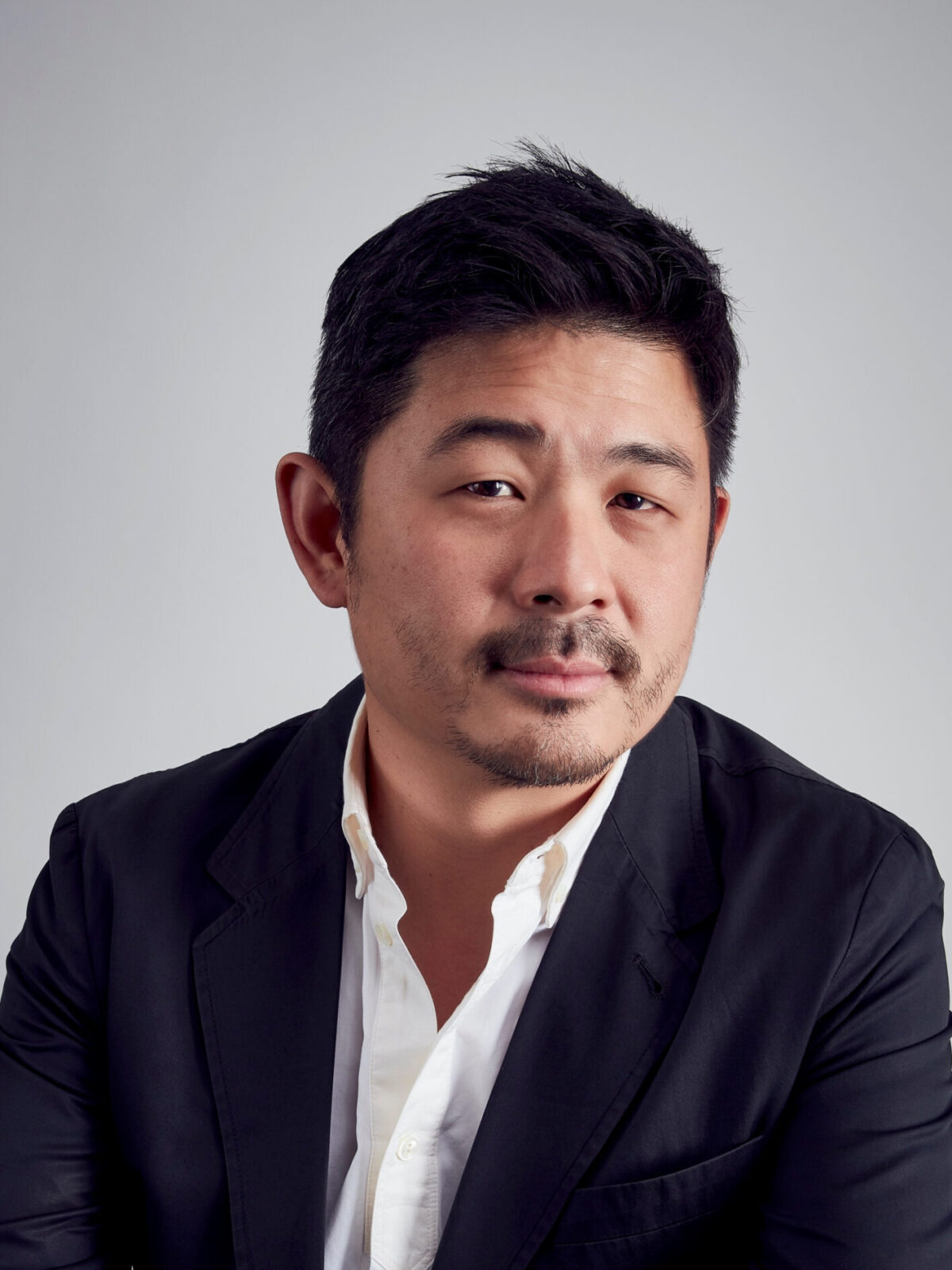
Our third guest is Aric Chen, Curatorial Director of Design Miami. He was previously the curator of design and architecture at M+, the museum of visual culture in Hong Kong, and is currently curating various exhibitions in addition to Design Miami. We first met him at Design Miami in 2019, introduced by Ryuko Kida, the brand director of Elle Decor japan. That connection led to a plan to exhibit at Design Miami Basel this year, but due to the Coronavirus, the exhibition was cancelled. Now we are preparing for the real exhibition while having our works sold at the Design Miami online shop. With this background, we had an online talk with Aric and Kida-san. (Interview in October 2020)
- Aric Chen
Aric Chen is Curatorial Director of Design Miami/, and lives in Shanghai, where he is also Professor and Director of the Curatorial Lab at the College of Design & Innovation at Tongji University. Previously, he was the founding Lead Curator of Design and Architecture at M+ (Hong Kong), where he oversaw the formation of that museum’s design and architecture collection.
Key Person at Design Miami
Thank you for taking the time for us. I haven’t seen you since we met at Design Miami in 2019. How is the situation in Shanghai?
Fortunately, the situation has been pretty good.
Nice! I was looking at your Instagram the other day and was surprised to see that there were so many people at the Louis Vuitton fashion show, but no one was wearing a mask.
Here, everyone only wears masks in crowded places like the subway. There hasn’t been a locally transmitted case of the virus in Shanghai since February or March. Knock on wood. What about Tokyo?
The situation is not that serious. We are all worried about the future, and trying to look forward. So, let’s start the interview. First of all, please introduce yourself briefly.
I studied architecture, anthropology and design history at university, and after graduating I worked as a writer, journalist and curator, mainly in the fields of design, architecture, art and fashion. Initially based in New York, I moved to China 12 years ago, and was the Creative Director for the launch of Beijing Design Week 2011-2012. I then became a curator at M+ in Hong Kong and am currently the Curatorial Director of Design Miami. I’m also Professor and Director of the Curatorial Lab at Tongji University in Shanghai, where I now live.
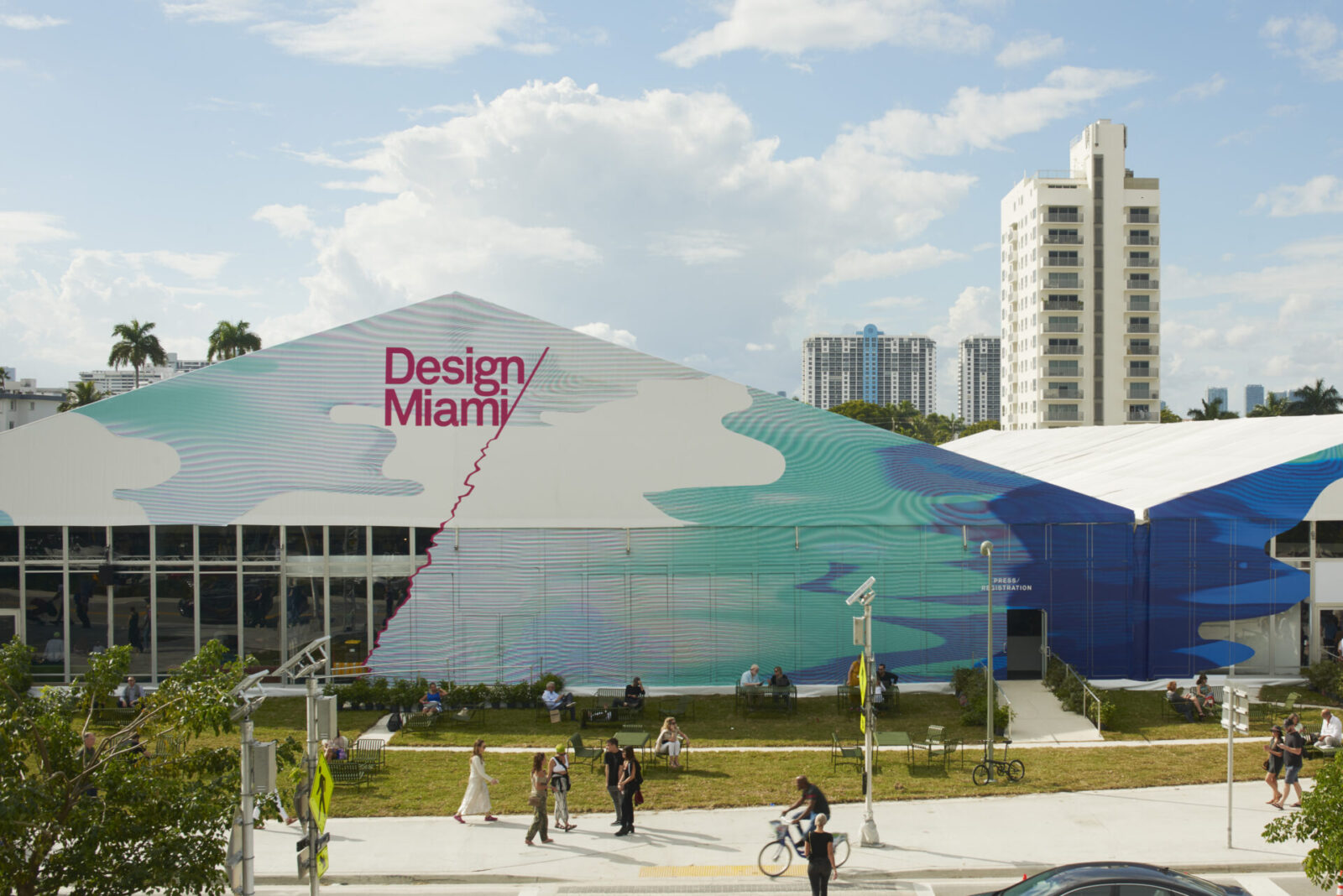
As the curator of M+, you have historicized, collected, and curated primarily Asian design, but now, as the curatorial director of Design Miami, what are you focusing on?
M+ is a public museum, and as a new one, we were focused on building a building, an audience and, of course, a collection through research, scholarship and academic discourse, with a strong educational mission. Design Miami, on the other hand, is a commercial platform for supporting designers, galleries and a design market ecosystem. But it also serves a discursive role that contributes to broader design discussions, and I find this intersection with the market to be an interesting one. This month, I’m curating an exhibition for the fair with the theme “America(s)” through which, using works drawn from both the fair’s galleries and independent studios, we want to explore what America is and what it means to different people through design, craft and decorative arts. It’s about advocating inclusive narratives that make us rethink how we talk about design and its history in America at the same time that the world is rethinking what America itself means.
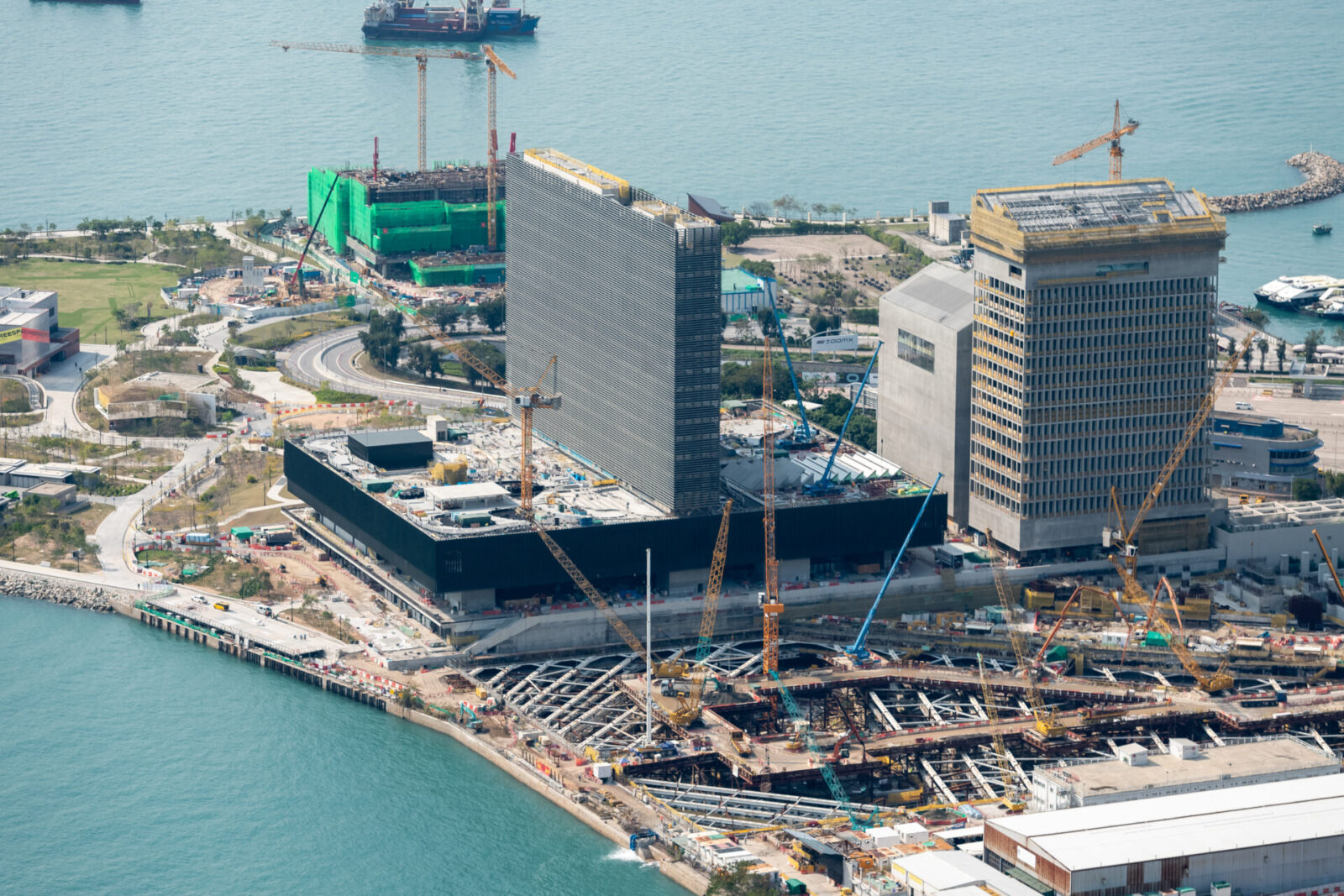
Courtesy of M+, Hong Kong
Design Theory of Aric Chen
The comparison gives us a feature of what Design Miami is all about. Having looked at different design scenes around the world, what is the definition of contemporary design for you?
If you asked 100 people this question, you’d probably get 100 different answers. But the fact that it’s so open and diverse is exactly why I like design so much. My answer might seem abstract, but I think design is about articulating—in any form, whether through objects, spaces, interfaces, ideas, systems, or speculations—how we interact with each other, the planet and the other beings we share it with. It’s also a value system, a way of understanding and constructing the world. Provocative and perhaps a bit of an exaggeration, but in that sense, for me, art falls under design, even though many people probably wouldn’t see it that way.
I see. I’d like to dig deeper, but what is the role of collectible design, as seen in Design Miami, in society and history?
Collectible is actually not the perfect word for describing what’s shown up for Design Miami. It used to be called Design Art 10 years ago. Collectible design is of course object-based, though with our “Elements: Earth” exhibition at Design Miami/Basel last June, we tried to inject more speculative practices into it. But even if we stay with objects per se, what perhaps makes a design “collectible” is what the object represents beyond itself—its historical significance and placement within larger trajectories of design history and, with contemporary works, the ways in which they push boundaries of materials, making and concept.
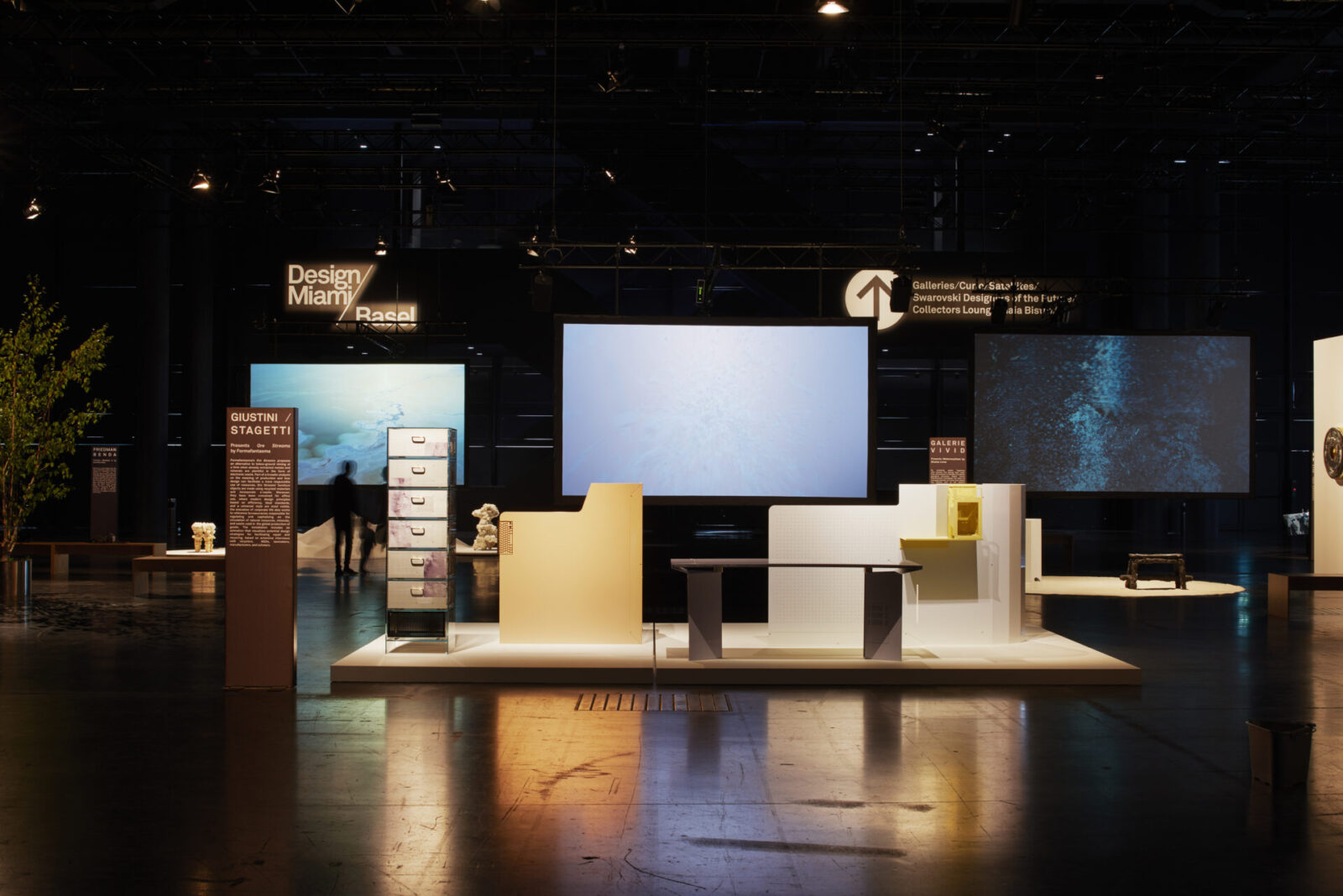
I see. We also want to push boundaries through contemporary design. Design has always tended to be categorized as furniture, interior design, architecture and fashion.
What’s interesting about Japan, China and I would also say South Korea and other places is that you often see an insistence on systematically categorizing things like design, art and so on, and very clearly putting them in their boxes. This is partly a function of bureaucratic systems. But for most of history, in East Asian cultures, there was no distinction between fine art and decorative art or whatever.
The tea ceremony, for example, was established in the fifteenth and sixteenth centuries, and they designed the teahouse, the bowls and other utensils, and even the manners of the tea ceremony, and there were no boundaries between them.
Yes, that’s right. These kinds of categorizations came from the West as part of the modernization process in Japan during the Meiji period and in China at a similar time. But now, you see practitioners in the West trying to blur boundaries like Japan and China did in the past. But the systems in Japan and China, on the other hand, seem to be stuck in a way of thinking that they adopted from the West, and I think this is a very interesting cycle.
By the way, who are the contemporary designers you are looking out for right now?
That is, of course, the designers I am currently working with, or will be working with at exhibitions. There are a lot of designers I like, and the answer will vary depending on what kind of design and what sort of context we are talking about: designers who do immersive installations with amazingly beautiful phenomena, designers who do speculative research about supply chains or Anthropocene, designers who make really great teapots, etc.
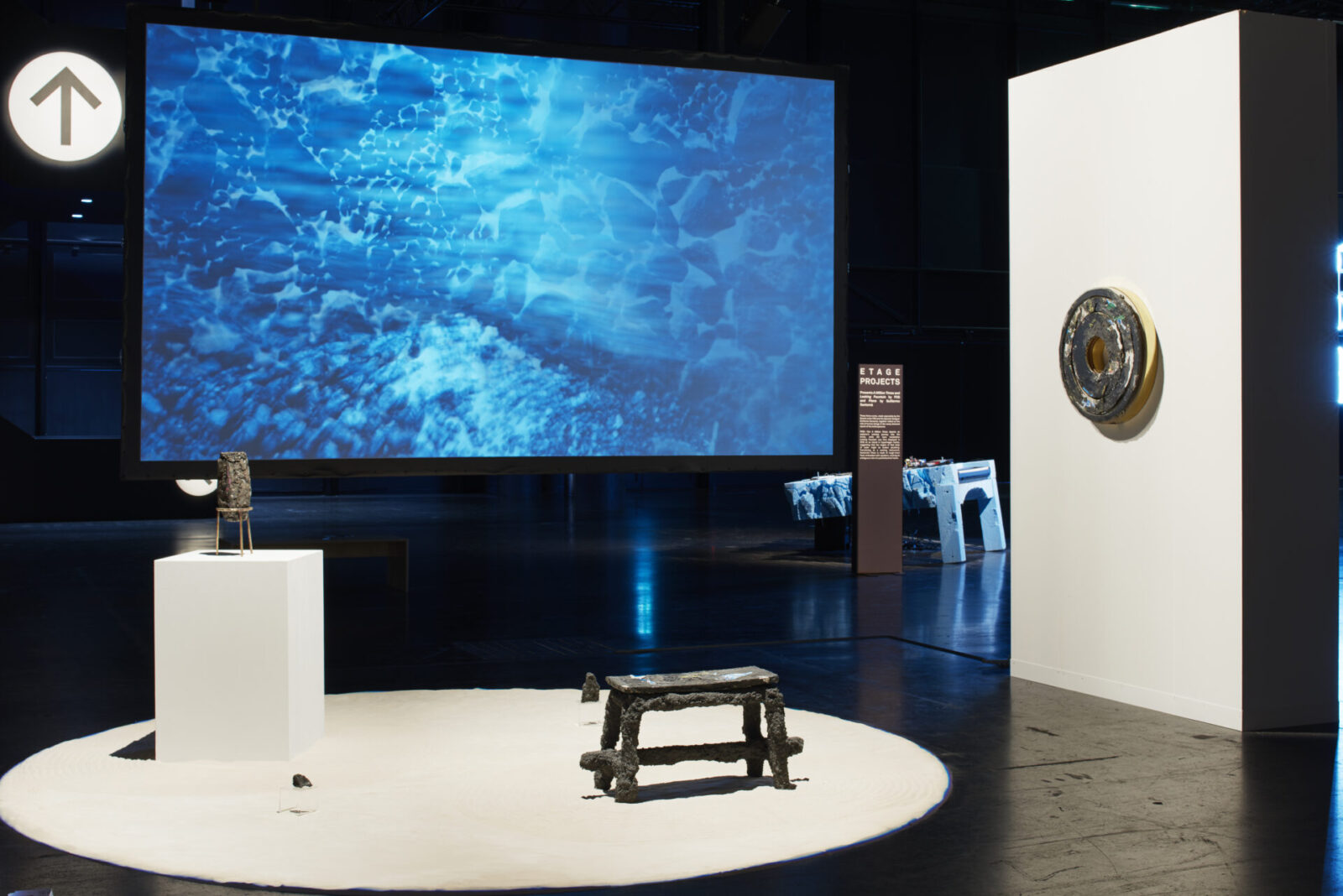
How do you look for or meet young designers?
At Design Miami, we are always looking for young designers, but we basically rely on nominations. For a long time we’ve had The Designer of the Future Award and we used to be travelling a lot to go to various design weeks and exhibitions to meet new talent. We work with galleries and they are always on the lookout as well, so we are very fortunate to meet the talent through them. Japan has incredible designers, but there is still not a lot of participation from Japan. When it comes to Design Miami, the crucial missing link in the connection with Japan may be the galleries. When you talk about Chinese design, for example, a design gallery called Gallery All is very active as our partner and the world knows Chinese designers through them. I hope that Japanese galleries will read this article.
I want to push that point. Speaking of Japanese design galleries, for example, it would be GALLERY SIGN. They have vintage furniture by Jean Prouvé and Charlotte Perriand, as well as Japanese modern design from the 50s to 70s.
I worked with them a lot when I was working at M+. We bought some great pieces by Isamu Kenmochi, Sori Yanagi and others. It would be great to have them exhibit at Design Miami one day.
I really think so. What’s more, I want to support not only vintage, but also designs by young people.
In Japan, I think SOMEWHERE is also a good gallery.
That’s right. The owner is a big fan of Shiro Kuramata, He is dealing with the work that traps a dandelion in acrylic, similar to Kuramata’s approach.
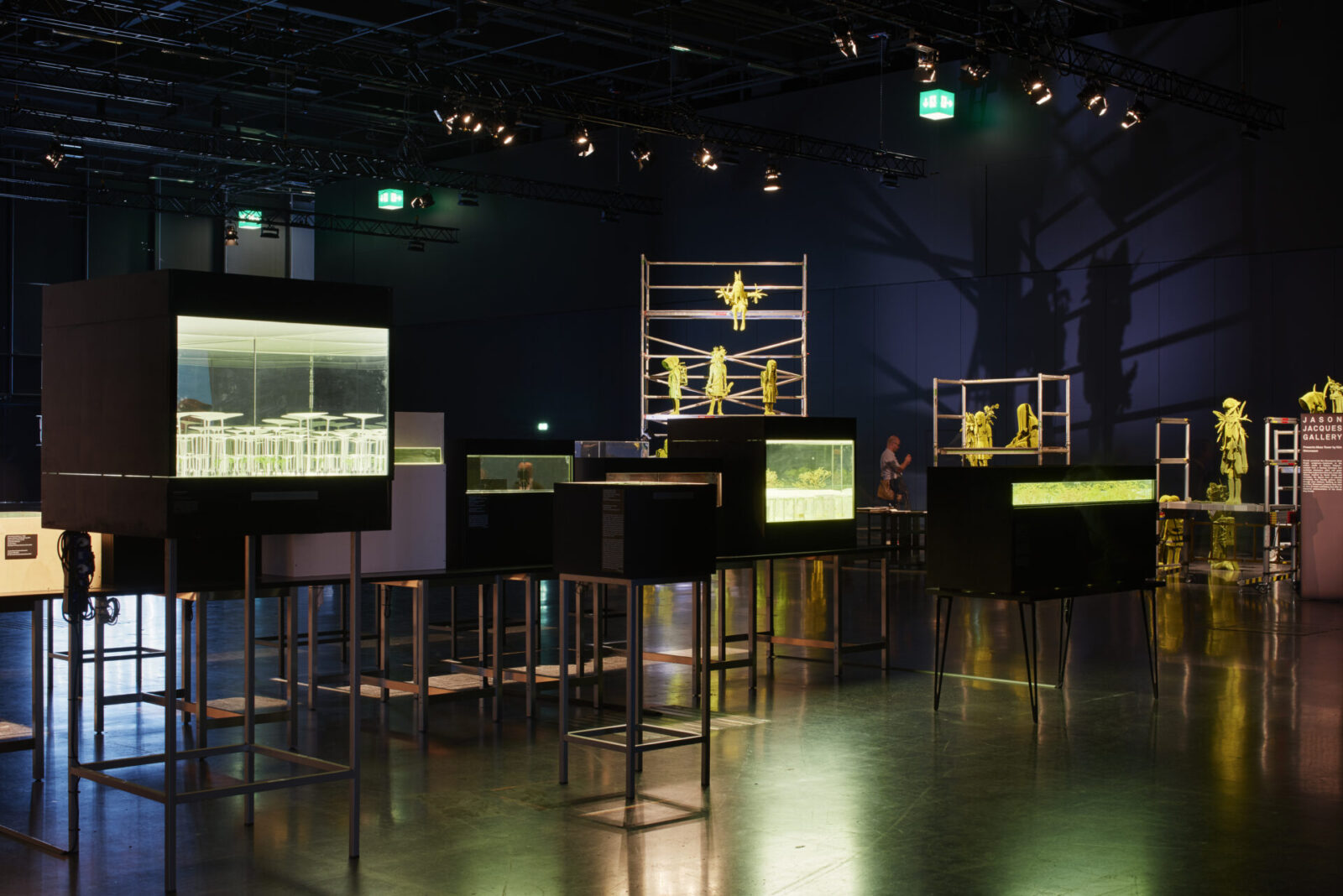
How Aric feels about Japanese Designers
Especially, I think young Japanese designers are not well known in the world partly because of the language barrier, and they should be more active in the world. How do you think about Japanese contemporary design? What should we do?
Definitely, Japanese design is hugely admired all over the world. Everyone knows what Japanese design is. Even if they are not design experts, many people have a pretty clear impression about Japanese design. However, from my experience of spending in Japan, I also felt that it is very difficult for Japanese designers to promote themselves to the world. There is also a language barrier, and a sort of infrastructure may have something to do with it. For example, in the early 2000s, there was a really incredible moment of Japanese design with the Tokyo Designers Block design event. I think platforms and intermediaries like design events and fairs, as well as a critical mass, can be very valuable in promoting designers, but it’s not easy to develop them on a sustained basis. I’ve worked on projects in many different places and I’ve seen many vicious cycles where a lack of resources and investment hinders the development of the platform, while on the other hand, the lack of development prevents resources and investment from being attracted. That’s why I think it’s sometimes important to take intermediary smaller steps to break these cycles.
For example, I was previously involved in a project to install galleries at the Brooklyn Museum that would exhibit design from the late 19th century to contemporary, but each gallery had not been renovated since 1970, and again, lack of funding made it impossible to change them all. So we decided to do an intermediary step, using the existing displays to create a new space. I hope this gives them momentum for the future. They have an amazing collection and brilliant curators, but it takes a lot of money to run a museum.
Design Miami has been talking about coming to China, Hong Kong, or elsewhere for 10 years, but it cost too much and no one has been willing to invest and the resources are not aligned because the market is not developed enough. However, we have plans to curate a small exhibition in the future, and we hope to do it next year and build it even bigger.
Maybe Japanese young designers are a little bit demoralized because there is not so much support or so many platforms, but there is a way to do what you can. It would be nice to be able to build something and continue to develop it.
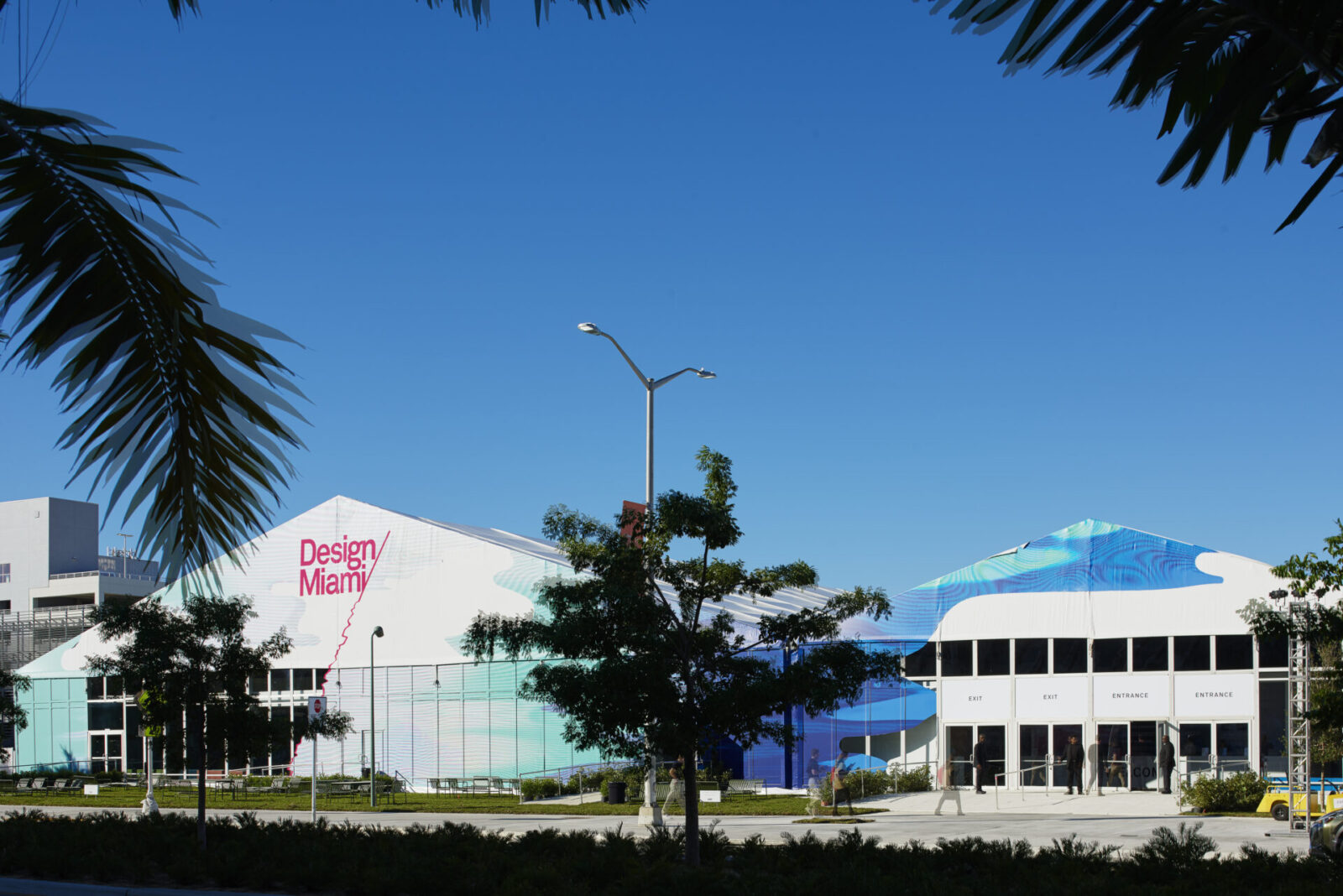
It is a very interesting story. After all, we have to work hard and move forward.
But Japanese designers aren’t the only ones struggling, it’s okay.
Meanwhile, what about the scene of young Chinese designers?
In terms of contemporary design, it’s much younger than Japan. I remember when I moved to China 12 years ago, but at least from a contemporary sence, design was still a very new concept. There have been design schools in China for over 100 years, but during the Mao era and the industrialization that followed the reform era, design did not play a big role. But it has really developed a lot in the last 12 years; 12 years ago, design was spoken of as art, as a personal expression, and now it’s more about lifestyle. Many young designers are doing beautiful, logical work, and the level of creativity and quality of output has risen remarkably. So in the next step, I want the design to be more tied to ideas, speculation, knowledge and academic discussions.
The design market in China is growing at an accelerated rate. I was on the jury for the iF DESIGN AWARD 2 years ago, and about 30% of the entries were from China. I’ve heard that the government is supporting it, and I think that in a few decades, Chinese designers will become more powerful.
Yes, and what also needs to develop is stronger ecosystem. Right now, designers, trade shows and even a lot of great media are only commercially driven. We need a strong market, but we also need other forces, such as museums and critics, to be sustainable.
Revisiting the design narrative
When the Black Lives Matter movement happened in the US, it had a very strong impact. That got me thinking about who writes history. As long as the parties concerned don’t write the history, the history written for someone else’s convenience will eventually become the established theory and the dominant one. Then it occurred to me about the history of modern design in Japan. Isn’t it time for us to think for ourselves, use our own words, and reposition Japanese design from a global perspective? When you were at M+, weren’t you trying to do the same thing about the design history in Asia?
When I was at M+, we always said our aim with design and architecture was twofold. For one, we wanted to tell the lesser-known narratives of design and architecture in, and from, Asia. At the same time, we wanted to revisit familiar global narratives from our vantage point in the region. It’s important to emphasize that everything we did was framed in a global context, through a transnational perspective that celebrates the fact that culture has always been a function of people, ideas and things moving and being shared across borders.
When I was at M+, we always said our aim with design and architecture was twofold. For one, we wanted to tell the lesser-known narratives of design and architecture in, and from, Asia. At the same time, we wanted to revisit familiar global narratives from our vantage point in the region. It’s important to emphasize that everything we did was framed in a global context, through a transnational perspective that celebrates the fact that culture has always been a function of people, ideas and things moving and being shared across borders.
In terms of rethinking modern history, the Mingei movement by Muneyoshi Yanagi and others, who proposed the concept to make controversy is one of them. Finding value in the well-known humble designs is an example of expanding and evolving narratives and influencing a lot of people, It’s a contemporary practice that extends the concept of design and allows us to learn a lot about getting out of our comfort zone.
That’s right. I think both is important; for young designers, to be creative and making new design, for us all, to revisit the history.
Thank you very much for joining us today. Aric, do you have a message for readers and young Japanese designers?
In Chinese, we have a saying that goes Jiā Yóu, which means “add oil” literally. It’s a way of saying “keep going” or “onwards and upwards!” That’s my message: Jiā Yóu!
